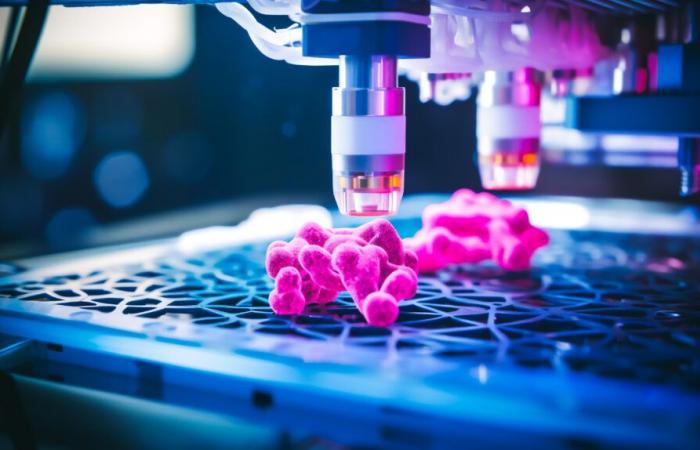There are already methods of prolonged and stable release of active ingredients, such as osmotic and miniature pumps, however these devices have their limits. The new composite hydrogel, called acoustically responsive scaffolding, uses a fibrin hydrogel matrixwhich, when exposed to ultrasound, produces the vaporization of the emulsion embedded in the hydrogel, which releases the encapsulated drug.
One of the lead authors, Haijun Xiao, a researcher at Michigan Medicine, points out that “one of the main advantages of the new device is its use of fibrin, a biocompatible material that degrades naturally in the body and therefore eliminates the need for ‘surgical removal at the end of treatment’.
Ultrasonic release control provides consistent and stable release over an extended period of time,
which significantly reduces side effects associated with fluctuating drug concentrations: the hydrogel is composed of acoustically reactive scaffolds, which upon ultrasonic activation enable a sustained release phase to be triggered.
The application of this technology to drug delivery offers several advantages: On-demand drug release, personalized treatment regimens and dose adjustments therefore fewer adverse effects.
“These models will ultimately allow doctors to precisely adjust drug doses in a non-invasive manner to meet individual patient needs.”
Beyond that, more sophisticated applications in tissue engineering and regenerative medicine are being studied.
Health






